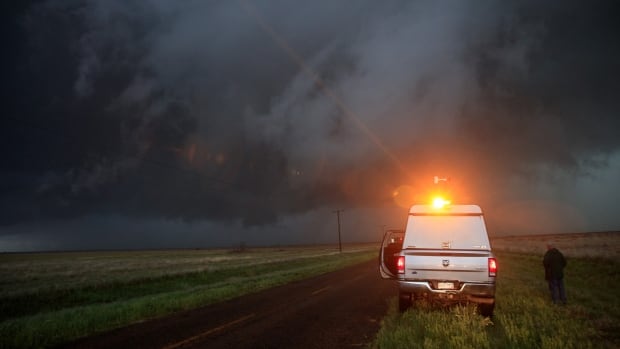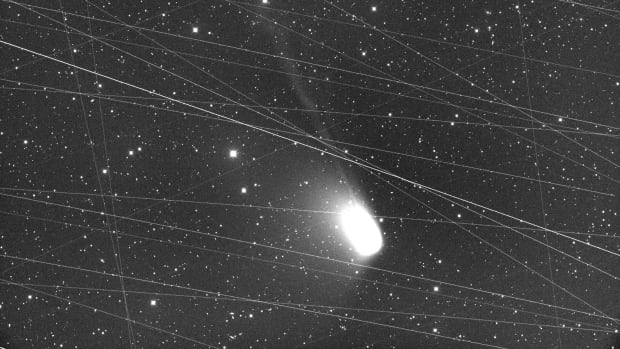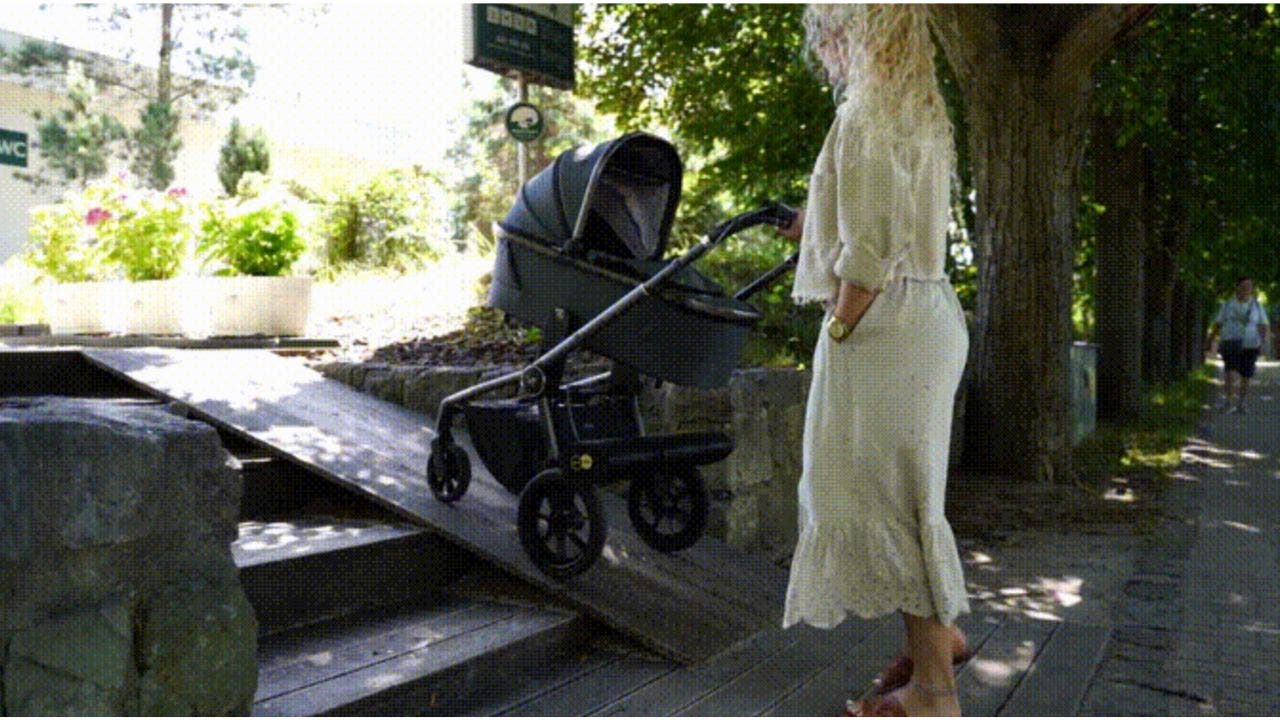The Current21:31Why tornados continue to fascinate
The summer blockbuster Twisters has taken the box office by storm and has boosted an already-established interest in storm chasing.
And while meteorologist and storm chaser Sean Waugh says even though parts of the film are exaggerated, the science, gear, and lingo accurately represent what it’s like to research and chase a huge storm.
“The most unrealistic part of the movie is when they’re chasing, they are the only people on the road and that never happens. There are so many other people that are out there,” said Waugh.
The movie, a follow-up to 1996’s Twister, has made more than $220 million at the box office worldwide since it launched July 19.
Waugh is a meteorologist with the NOAA National Severe Storms Laboratory in Norman, Okla., and consulted on the film. He spoke with The Current guest host Juanita Taylor.
What is it about these storms that makes you want to get up close and personal?
We know a lot about the atmosphere, but we don’t know everything, not by a long shot. There are still so many questions that we don’t understand. There are so many things that we don’t really know how it works or how they interact to create the phenomenon that we see as weather.

As a consultant, what was your role?
There’s probably not a part of the movie that I didn’t touch. I designed and built a lot of the research equipment that we use in the film, and namely the director [Lee Isaac Chung] wanted it to be as authentic as possible.
So he brought the art department and the set design teams to the National Weather Centre here. And we spent a lot of time talking, and I was showing them the different vehicles that we use and why we do certain things, and they were using all of this as inspiration for a lot of the stuff that you see in the movie.
I built several of the props for the movie. I helped design a lot of the aspects of the vehicles. I interacted with the group called Playback, which designs all of the graphics for the movie. I hand-selected the radar imagery that you see, so every time you see a radar display, that is real radar data that I handpicked for the movie.
I had conversations with Isaac and the cast about lines that you should say and terminology and where you should point when you’re looking at the radar. I talked to almost everybody on the film to try to make it as real and as authentic and true to form as we could make it.

How plausible is the science in the movie?
I think everything in the movie that you see is based, at least in theory, on some actual piece of equipment, some actual piece of work or research that we’re doing or some theory or concept.
It is a Hollywood movie. It’s meant to be dramatic, it’s meant to be exaggerated and over the top, and it absolutely delivers on that aspect. So there are a lot of things that are probably a little over the top compared to what they normally are. Like, there’s no way that we can tame a tornado; there’s no way to kill a tornado.
It’s a little over [exaggerated] on the scale side of things, but it’s all very realistic or plausible.
The first movie really piqued the public’s interest in storm chasing. Now there are whole YouTube channels dedicated to storm chasing. As a scientist, do you make a distinction between what they’re doing and what you do as a storm chaser?
As a storm chaser, this is essentially a hobby. People just enjoy going out and watching the atmosphere, and it is awe-inspiring and beautiful in a lot of respects, to see the atmospheric change go from a nice sunny day to just this violently powerful storm that’s producing hail that’s the size of a grapefruit. It’s incredible to watch.
Some people do make a little bit of money selling that imagery, that footage.… There’s even a market for taking people out on storm chasing tours.
Research, on the other hand, has a science question that we’re trying to answer, where we have something we’re trying to learn.
It seems to be kind of risky. Do you worry about people’s safety?
I do. Risk is obviously something that we spend a lot of time thinking about.… It’s gotten really easy nowadays … to find the nearest tornado warning and drive yourself to it, and that can oftentimes put a lot of people in harm’s way that don’t really know what they’re doing.

Honestly, the most dangerous part of what we do, storm chasing or research alike, is driving in severe weather conditions. But also with the increase in popularity of things like storm chasing … we see a lot of people out on these roads, roads that normally only have a dozen cars a year, suddenly have 1,000 people. And that’s not an exaggeration.
Did you take any of the Twisters cast storm chasing as part of their research?
I did. So when we were filming, last year at this point, I talked to the cast, I talked to several members of a crew even. I’ve probably got a list of like 100 people that want to get storm chasing. Obviously doing that during filming just wasn’t really an option, right? You can imagine that me trying to convince Universal Studios to let their multi-million dollar talent go in the middle of filming to go chase a tornado was probably not a good liability risk.
But earlier this spring, I did have the opportunity … I basically just reached out and said, “Hey guys, there’s a day coming up that I think looks pretty good. Are you available?” And they were on it and they wanted to go.
The day ended up not being a super big day. It’s one of those days that, a few days out looks great, and then by the time you get to the day, it kind of falls apart, which is good for everybody else in the country, but not for storm chasing.
But we went out and I showed them the process and the forecasting … they had a blast. And I think it really gave them an appreciation for not only the work that we do as researchers, but also the environment, the storm chasing and what it’s like to be a storm chaser.





